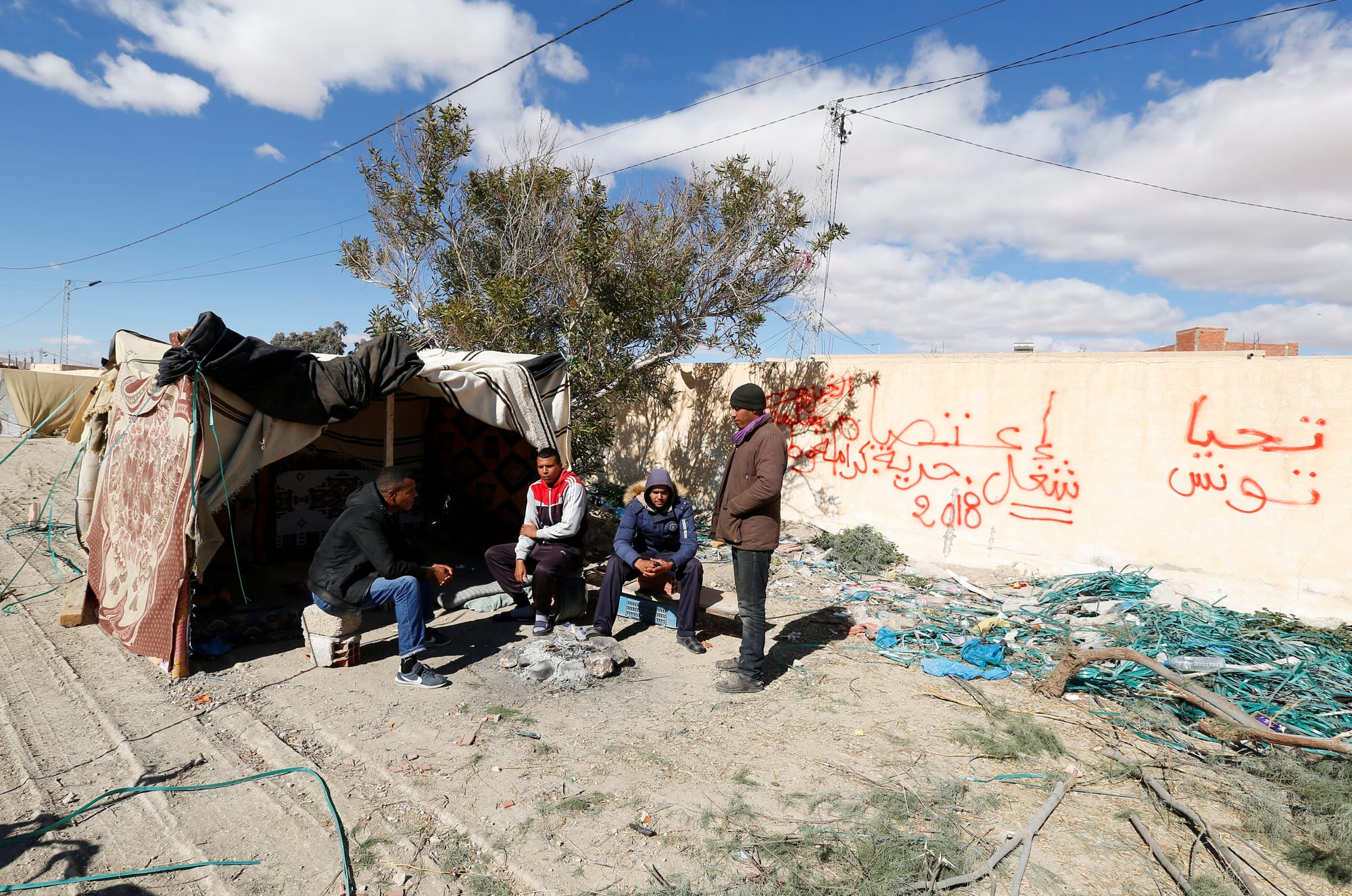Tunisia’s Marginalized Redefine the Political
Marginalized populations in Tunisia, who have little access to economic and political resources, sparked the 2011 protests that ousted the Ben Ali regime. In the following ten years, marginalized people, especially in rural areas, have continued to push for more jobs, better services and social just











